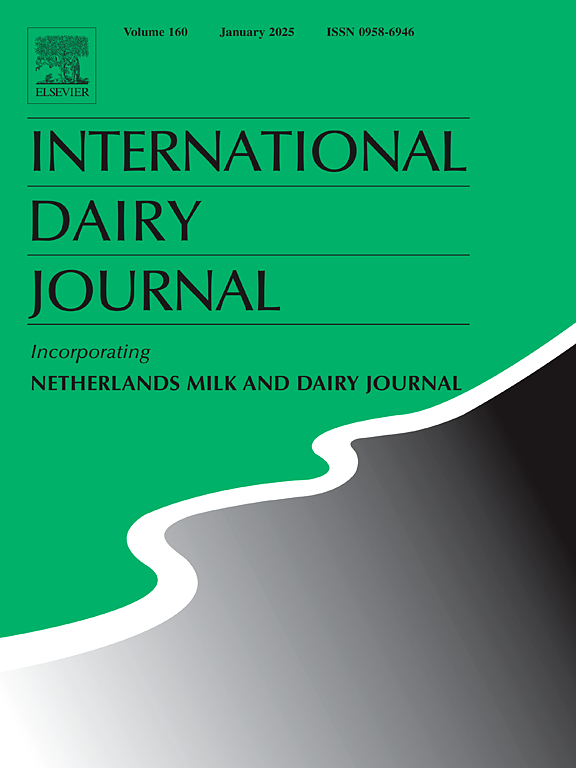Microwave-assisted thermal processing of whole cow's milk: kinetic modelling of vitamin C and colour degradation
IF 3.1
3区 农林科学
Q2 FOOD SCIENCE & TECHNOLOGY
引用次数: 0
Abstract
Microwave heating is a promising technology for milk pasteurisation, yet limited knowledge exists regarding its specific effects on heat-sensitive nutrients and quality indicators compared to conventional methods. This study addresses this gap by investigating the degradation of ascorbic acid (AA) and colour changes in whole cow's milk heated using a domestic microwave oven and an isothermal water bath over the range 60–100 °C. Both AA degradation and browning index (BI) followed first-order kinetics, with Arrhenius behaviour describing the temperature dependence. Microwave heating resulted in higher reaction rates and significantly different kinetic parameters compared to conventional heating. However, when equivalent thermal processes (5-log10 alkaline phosphatase reduction) were compared, microwave heating reduced the processing time by 88 %, resulting in similar changes in AA and BI. Therefore, microwave technology is a viable alternative to conventional pasteurisation, offering the necessary safety with shorter processing times and comparable quality retention.
全脂牛奶的微波辅助热处理:维生素C和颜色降解的动力学模型
微波加热是一种很有前途的牛奶巴氏杀菌技术,但与传统方法相比,关于其对热敏性营养素和质量指标的具体影响的知识有限。本研究利用家用微波炉和等温水浴在60-100°C范围内加热,通过研究抗坏血酸(AA)的降解和全脂牛奶的颜色变化,解决了这一空白。AA降解和褐变指数(BI)均遵循一级动力学,Arrhenius行为描述了温度依赖性。与常规加热相比,微波加热的反应速率更高,动力学参数明显不同。然而,当比较等效的热处理(5-log10碱性磷酸酶还原)时,微波加热减少了88%的处理时间,导致AA和BI的变化相似。因此,微波技术是一种可行的替代传统巴氏灭菌,提供必要的安全性,更短的处理时间和相当的质量保持。
本文章由计算机程序翻译,如有差异,请以英文原文为准。
求助全文
约1分钟内获得全文
求助全文
来源期刊

International Dairy Journal
工程技术-食品科技
CiteScore
6.50
自引率
9.70%
发文量
200
审稿时长
49 days
期刊介绍:
The International Dairy Journal publishes significant advancements in dairy science and technology in the form of research articles and critical reviews that are of relevance to the broader international dairy community. Within this scope, research on the science and technology of milk and dairy products and the nutritional and health aspects of dairy foods are included; the journal pays particular attention to applied research and its interface with the dairy industry.
The journal''s coverage includes the following, where directly applicable to dairy science and technology:
• Chemistry and physico-chemical properties of milk constituents
• Microbiology, food safety, enzymology, biotechnology
• Processing and engineering
• Emulsion science, food structure, and texture
• Raw material quality and effect on relevant products
• Flavour and off-flavour development
• Technological functionality and applications of dairy ingredients
• Sensory and consumer sciences
• Nutrition and substantiation of human health implications of milk components or dairy products
International Dairy Journal does not publish papers related to milk production, animal health and other aspects of on-farm milk production unless there is a clear relationship to dairy technology, human health or final product quality.
 求助内容:
求助内容: 应助结果提醒方式:
应助结果提醒方式:


